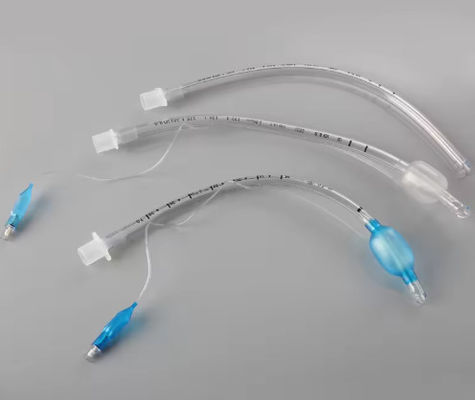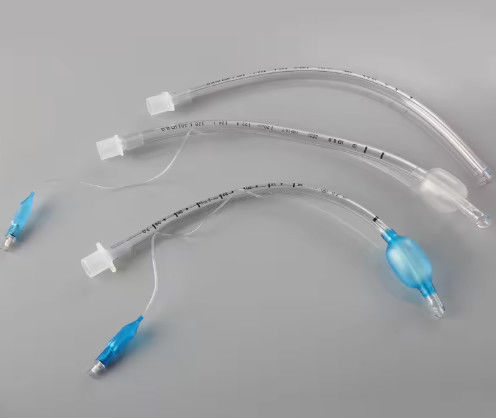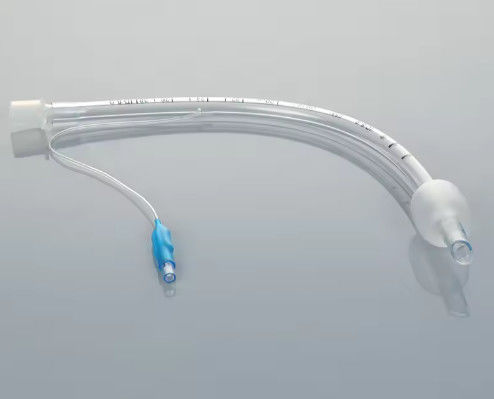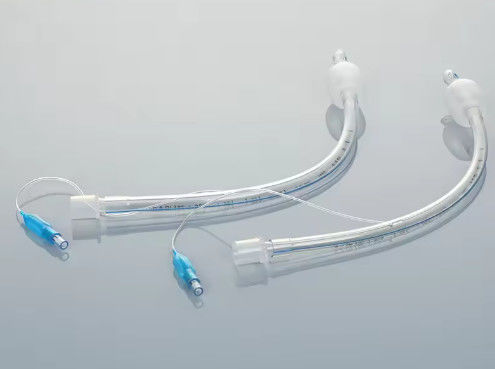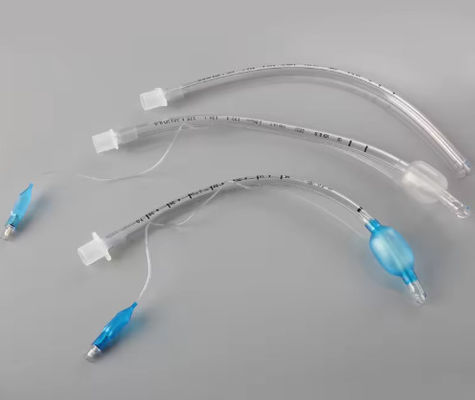
Plain Reinforced Endotracheal Tube Introducer Medical Endotracheal Tube Holder
-
Highlight
Plain reinforced endotracheal tube introducer
,Medical endotracheal tube holder
,Medical endotracheal tube introducer
-
Place Of OriginChina
-
Disinfecting TypeEO
-
Size2.0-9.5mm
-
StockNo
-
Shelf Life3 Years
-
MaterialMedical Grade PVC
-
Quality CertificationCE
-
Instrument ClassificationClass II
-
PropertiesMedical Polymer Materials & Products
-
Product NameDisposable Standard Endotracheal Tube
-
CertificateCE/ISO
-
TypeSurgical Supplies
-
OEMWelcomed
-
PackagePaper Pouch
-
ColorTransparent
-
UsageSingle-use
-
Place of OriginChina
-
Brand NameHenan
-
CertificationCE
-
Model NumberCan be Customized
-
Minimum Order Quantity5000pcs
-
PriceNegotiable
-
Packaging DetailsIndividual Packaging
-
Delivery Time24-30 days
-
Payment TermsL/C, T/T, Western Union
-
Supply Ability50000000pcs per month
Plain Reinforced Endotracheal Tube Introducer Medical Endotracheal Tube Holder
Plain reinforced endotracheal tube introducer medical endotracheal tube holder
Product description
The Reinforced Endotracheal Tube features an additional layer of reinforcement, usually made of wire or flexible material, along with the traditional tube structure. This reinforcement provides added rigidity and shape retention, making it suitable for use in challenging airway scenarios or extended intubation periods.
Key Features:
- Reinforced Design: The additional layer of reinforcement enhances the structural integrity of the tube, reducing the risk of kinking or collapse during intubation.
- Flexibility: Despite the reinforcement, the tube remains flexible enough to navigate the airway smoothly, facilitating proper placement.
- Versatility: Suitable for a variety of clinical settings, including surgeries, emergency care, and intensive care units where airway management is critical.
- Durability: The reinforced construction increases durability, making the tube less prone to damage during insertion or manipulation.
- Securing Mechanism: Some tubes come with integrated features for secure fixation, such as pilot balloons or adhesive tabs, ensuring stability once in place.
- Size Range: Available in various sizes to accommodate patients of different ages and sizes, ensuring a proper fit for effective ventilation.
- Compatibility: Compatible with standard airway management equipment, including ventilators and suction devices, for seamless integration into respiratory care protocols.
- Sterilization: Designed for single-use or multiple-use scenarios, depending on the specific model, with options for sterile packaging to maintain aseptic conditions.
Applications:
- Critical Care: Used in critical care settings to establish and maintain a patent airway in patients requiring mechanical ventilation.
- Surgical Procedures: Employed during surgeries where controlled ventilation and airway protection are essential.
- Trauma Care: Utilized in emergency medicine for rapid airway management in trauma cases or acute respiratory distress situations.
- Long-Term Intubation: Suitable for prolonged intubation scenarios, such as in patients undergoing lengthy surgical procedures or those requiring extended ventilatory support.
- Complex Airway Management: Beneficial in cases of difficult airway access, anatomical abnormalities, or scenarios where conventional tubes may not provide adequate support or stability.
Please note that specific features, sizes, and recommended uses may vary among different models and manufacturers of reinforced endotracheal tubes. Always follow healthcare provider instructions and guidelines when using these medical devices.
![]()
FAQ
1.What is a reinforced endotracheal tube?
Reinforced endotracheal tubes (ETTs) are designed to resist kinking or compression. These tubes are frequently used during facial surgeries and neurosurgeries, and in patients in a non-supine position during surgery.
2.What are the disadvantages of reinforced endotracheal tube?
There are some disadvantages to using armored/ re-inforced tubes: 'Misting' of the ET tube, one of the confirmatory signs of successful tracheal intubation, is more difficult to see when an armored/ re-inforced tube is used because of the wire coil and overall higher opacity of the tube wall.
3.What are the 2 types of endotracheal tube?
Endotracheal tubes | Anesthesia Airway Management (AAM)
There are generally speaking two types of endotracheal tube cuffs in use, high volume- low pressure cuffs and low volume- high pressure cuffs.
4.What is a preformed endotracheal tube?
Preformed Tubes | US | Teleflex
Preformed Oral Cuffed Endotracheal Tubes. Made of PVC with high volume, low pressure cuff. These anatomically shaped tubes have a high-volume, low-pressure cuff in both cylindrical and tapered styles and are designed to provide an optimal seal at low pressures.
5.What is the name of the reinforced endotracheal tube?
Re-inforced Endotracheal Tube (GS-2013)
Flexo-metallic endotracheal tube for airway management intended for use in surgeries demanding flexible head or neck position.

